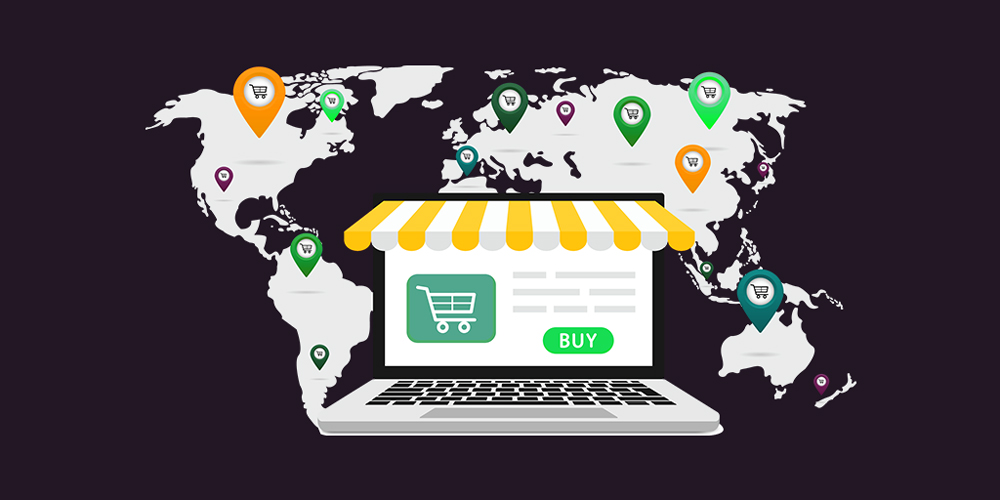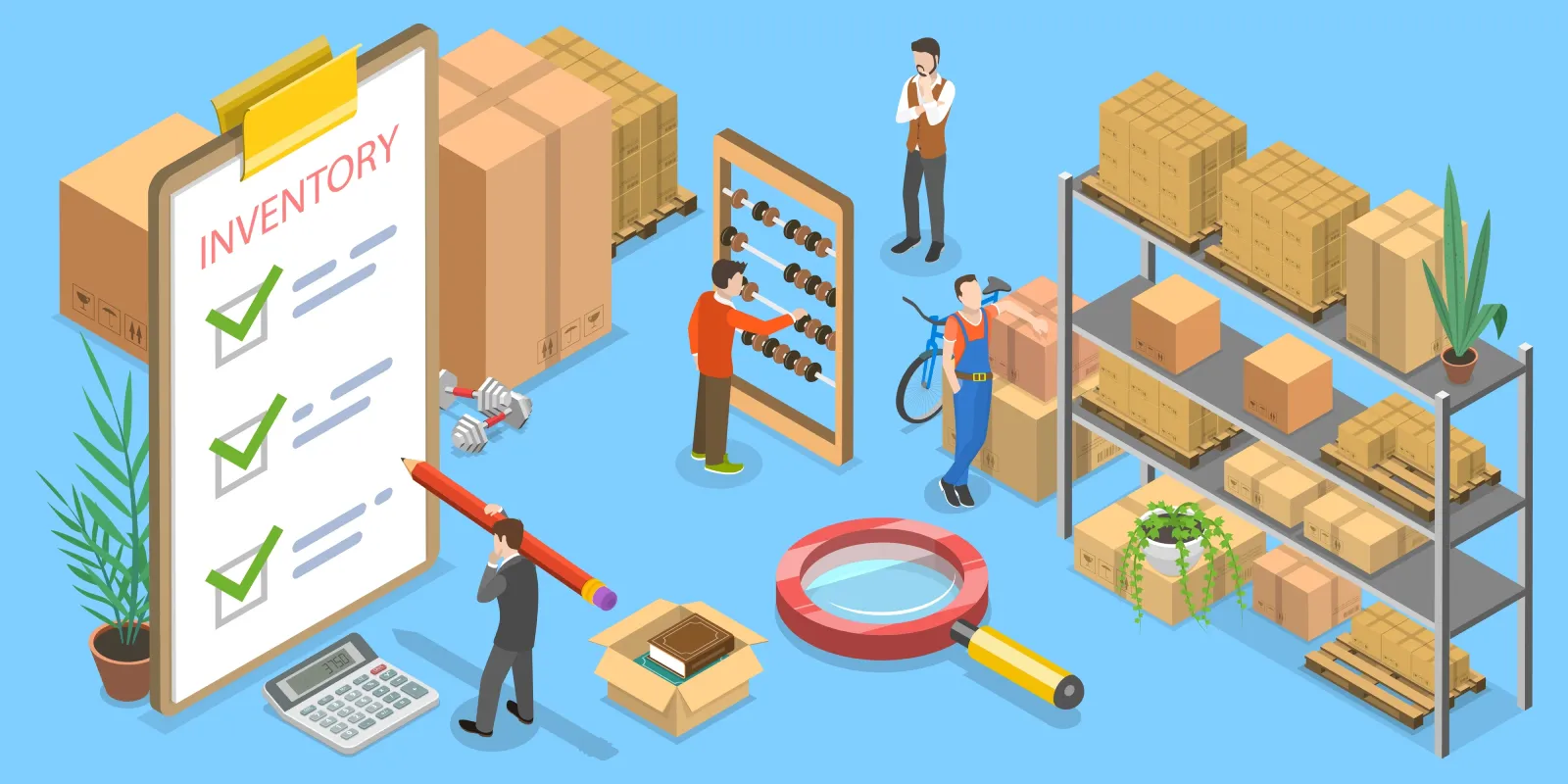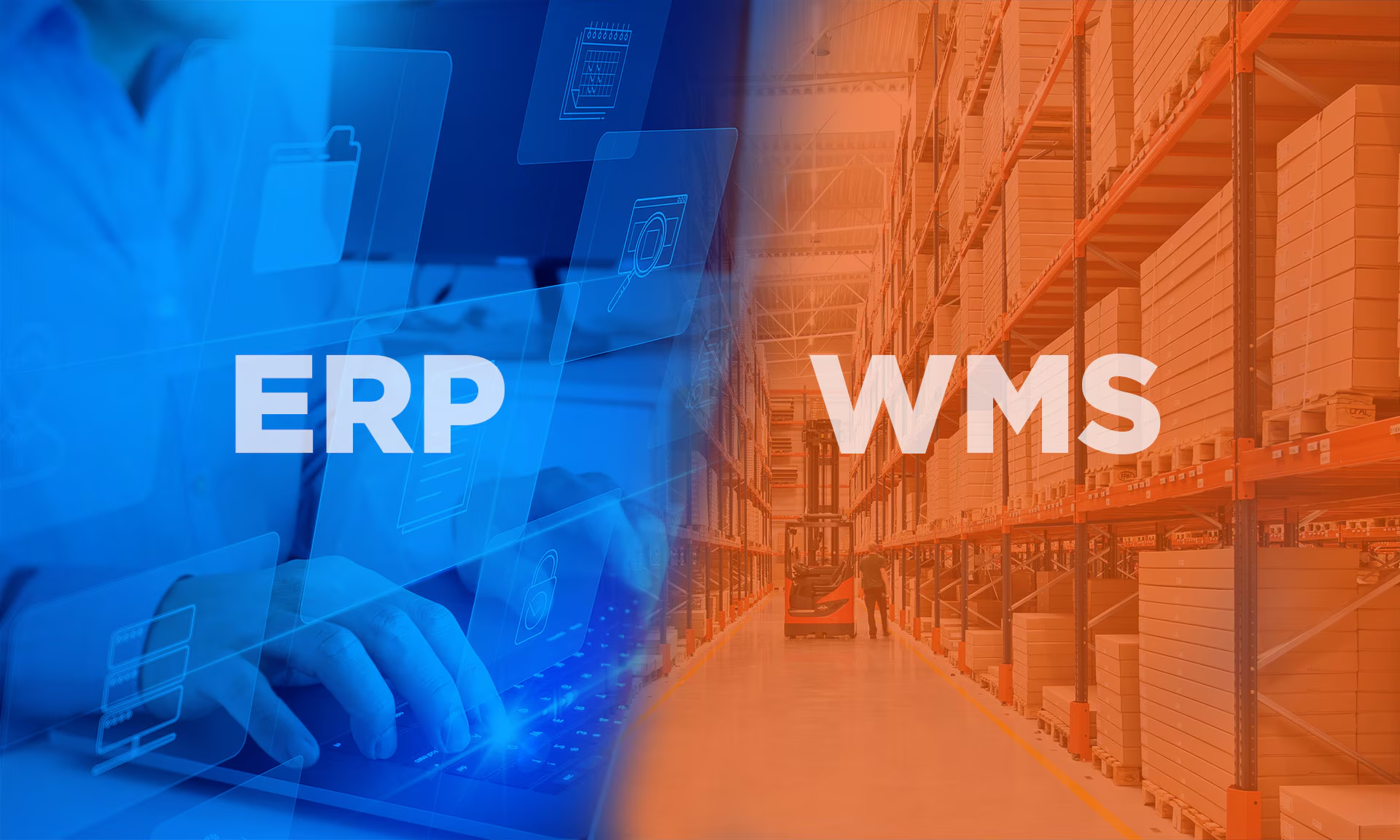Die Zukunft des E-Commerce Fulfillment: Von Drohnen bis zu Micro-Warehouses
E-Commerce-Abwicklung is undergoing a massive transformation. The rise of drones, micro-warehouses, and AI-driven supply chain management is redefining how products move from warehouse to doorstep. Businesses are racing to meet rising expectations for speed, transparency, and efficiency, while technology continues to push the limits of what’s possible.
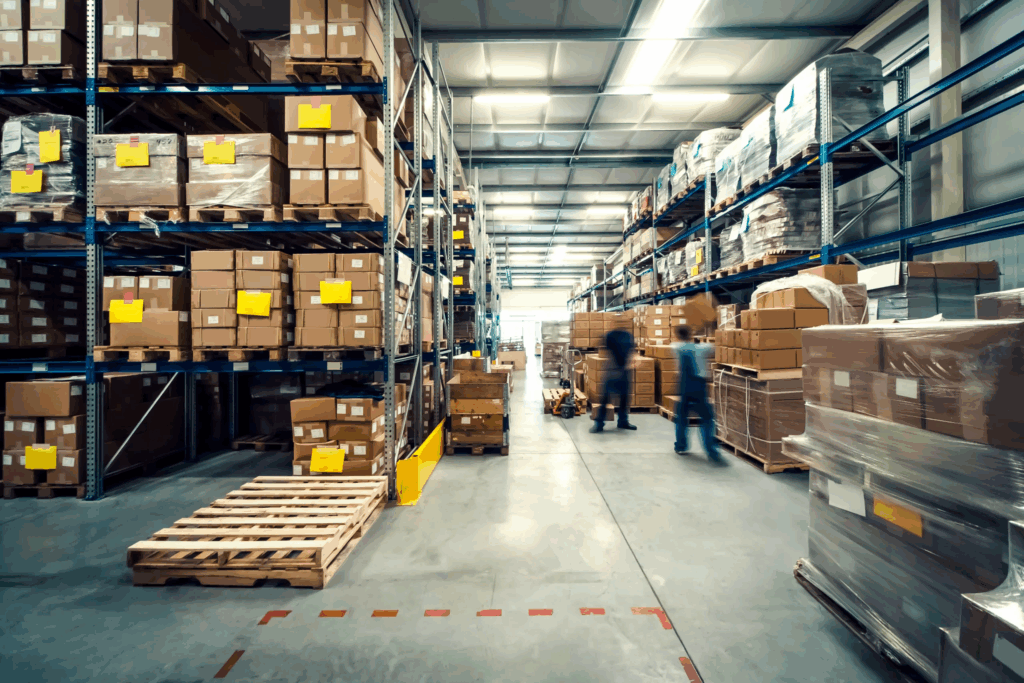
The Changing Landscape of E-commerce Fulfillment
Elektronischer Geschäftsverkehr growth has accelerated globally, and customers now expect same-day or even one-hour deliveries. Traditional fulfillment centers can’t always keep up with this pace, leading to a shift toward decentralized logistics, automation, and smart delivery methods.
1. The Shift from Centralized to Local Fulfillment
In the past, e-commerce giants relied on large, centralized warehouses to manage inventory. While cost-effective, these centers often created longer delivery times. The new model focuses on micro-warehouses — smaller storage hubs strategically placed close to customers.
By reducing the distance between inventory and buyer, businesses can fulfill orders faster and cut shipping costs. Postal Parcel’s network optimization tools are helping many online retailers transition smoothly to this localized model.
2. The Role of Real-Time Visibility
Customers demand to know where their package is at all times. Real-time tracking tools powered by AI are turning that into a reality. These systems not only display live locations but also predict estimated delivery times with remarkable accuracy.
Postal Parcel’s advanced global tracking solutions integrate with multiple carriers, providing a unified view of shipments across continents — a crucial element for transparent, data-driven fulfillment.
The Rise of Drones Delivery
1. From Concept to Reality
A few years ago, drone delivery seemed futuristic. Today, it’s becoming an operational reality. Companies like Amazon, Walmart, and various logistics startups are testing autonomous drones capable of delivering small parcels directly to customers’ doors within minutes.
These drones are equipped with GPS, AI-based navigation, and obstacle detection. They operate within defined air corridors, ensuring both speed and safety.
2. How Drones Improve Last-Mile Delivery
The “last mile” — the final leg of the delivery — has always been the most challenging and expensive. Drones solve this by reducing dependence on vehicles and human labor. They can deliver lightweight items quickly, bypassing road traffic and cutting emissions.
For remote or rural areas, drones offer a lifeline, making logistics more inclusive. With regulations gradually evolving, drone delivery is expected to become a standard option within the next decade.
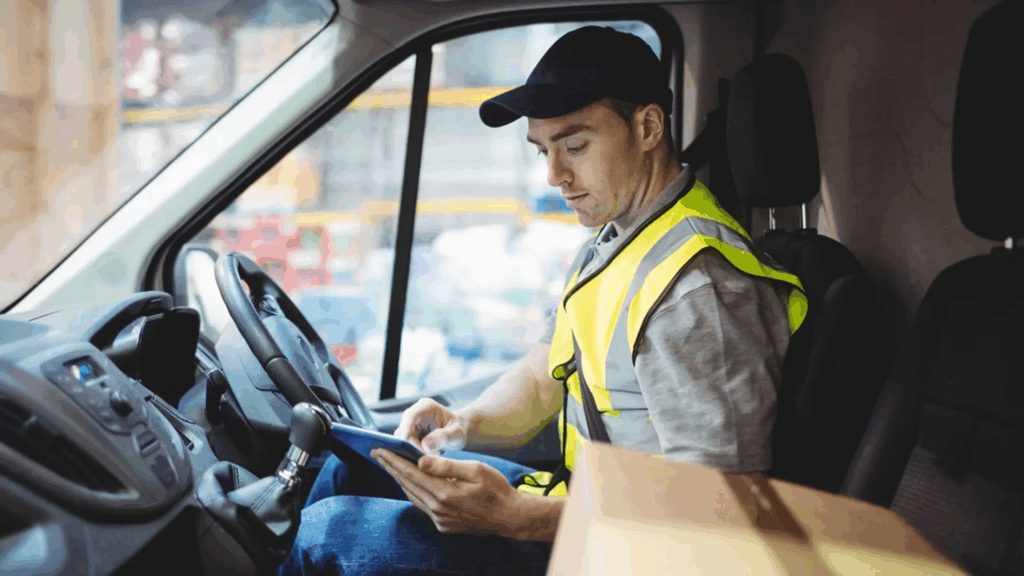
3. The Challenges Ahead
Despite the promise, drone delivery faces obstacles like:
- Luftraumordnung that differ by region
- Battery limitations affecting range and payload capacity
- Weather constraints that limit operation in rain or strong winds
Still, rapid innovation and public acceptance are paving the way for large-scale adoption.
Micro-Warehouses: The Backbone of Instant Fulfillment
1. What Are Micro-Warehouses?
Micro-warehouses are compact distribution hubs located within urban or suburban zones. They store high-demand products, allowing for instant dispatch and same-day delivery.
Unlike traditional fulfillment centers, these spaces often use robotic systems, conveyor automation, and AI-based picking to handle thousands of small orders efficiently.
2. Benefits for E-commerce
Micro-warehouses bring several key advantages:
- Faster Deliveries: Orders can reach customers within hours.
- Reduced Logistics Costs: Shorter distances mean lower fuel and labor expenses.
- Smarter Bestandsaufnahme Control: AI helps predict demand and prevent stockouts.
- Nachhaltigkeit: Fewer long-haul deliveries reduce carbon emissions.
Postal Parcel’s fulfillment ecosystem supports micro-warehousing by connecting small-scale storage sites through intelligent routing algorithms, ensuring every parcel takes the fastest, most efficient path.
3. The Urban Advantage
In dense cities, proximity matters. Retailers are converting underused spaces — like vacant shops or basements — into micro-fulfillment centers. This trend enables local delivery networks to thrive, blending the convenience of e-commerce with the immediacy of physical retail.
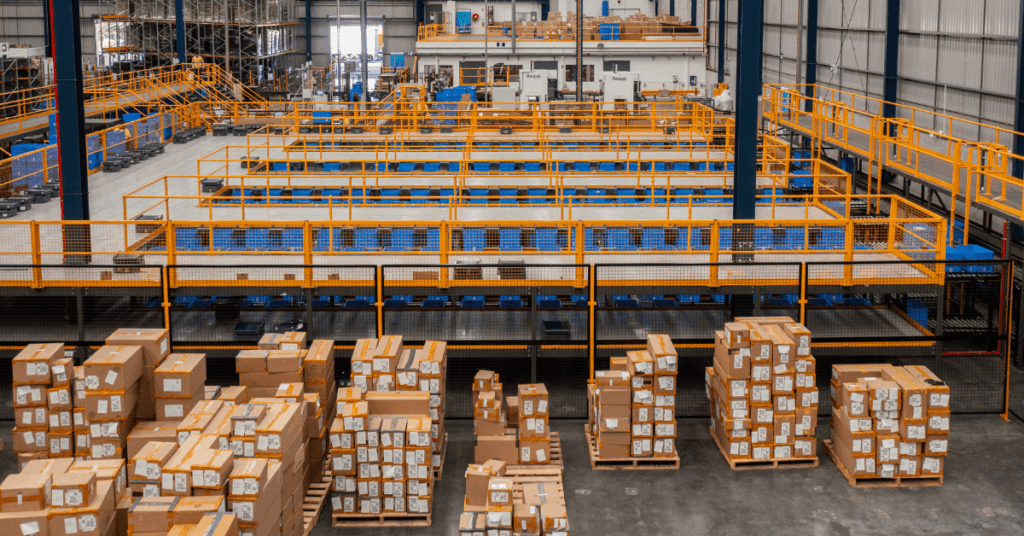
AI-Driven Supply Chain Management
1. Predictive Intelligence and Demand Forecasting
Artificial Intelligence now plays a decisive role in forecasting demand. By analyzing customer behavior, seasonal trends, and market signals, AI can help businesses anticipate which products will sell and where.
This predictive capability minimizes overstocking, improves cash flow, and ensures that popular items are always available. Postal Parcel integrates AI forecasting into its logistics tools to help clients maintain ideal inventory levels across regions.
2. Smart Routing and Resource Optimization
AI algorithms also enhance route planning. Instead of fixed delivery routes, modern systems continuously analyze traffic, weather, and delivery density to identify the most efficient path.
This adaptability reduces delays, saves energy, and improves courier productivity. When combined with intelligente Lagerhaltung, it creates a responsive supply chain capable of scaling with demand spikes — such as during Black Friday or holiday sales.
3. Warehouse Automation
Robotics and AI-powered systems are transforming fulfillment operations. Automated picking arms, barcode scanners, and self-driving forklifts handle repetitive tasks faster and more accurately than humans.
Employees are now focusing on high-value roles such as quality control and customer service, while machines handle the heavy lifting.
Instant Fulfillment: Meeting the “Now” Generation
1. The Rise of Q-Commerce
Quick Commerce, or Q-Commerce, takes fulfillment to the next level. It focuses on delivering essentials like food, electronics, or fashion within 30 minutes to an hour.
Micro-warehouses and AI tracking tools are the backbone of this model. With optimized stock placement and route intelligence, Q-Commerce platforms are reshaping consumer expectations.
2. The Role of PostalParcel in Instant Fulfillment
PostalParcel’s technology stack enables retailers to sync inventory with nearby hubs automatically. When an order comes in, the system instantly identifies the closest warehouse, allocates the product, and dispatches the package through the fastest available route.
This seamless process reduces manual intervention and ensures near-real-time fulfillment.
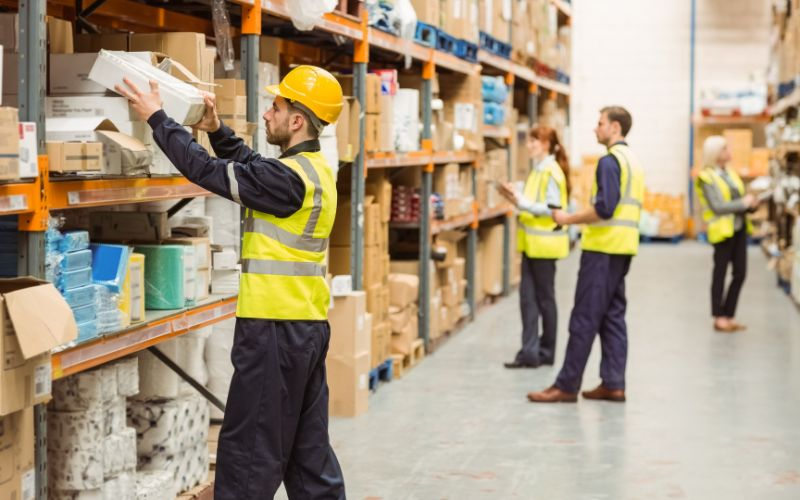
Sustainability in the Future of Fulfillment
1. Reducing Carbon Footprint
Green logistics is no longer optional. From electric vehicles to renewable-powered warehouses, companies are investing in sustainable infrastructure.
Drone deliveries, for instance, use far less energy than traditional vans. Similarly, localized micro-warehouses cut down on long-distance transportation, directly lowering emissions.
2. Smarter Packaging and Reverse Logistics
AI is also optimizing packaging — ensuring that the right materials are used for every item to minimize waste. At the same time, reverse logistics systems manage returns efficiently, keeping the circular economy in motion.
Postal Parcel’s sustainable logistics solutions track carbon data across routes and shipments, helping businesses measure and offset their environmental impact.
Overcoming Future Fulfillment Challenges
Even with automation and technology, the future of fulfillment comes with hurdles. Businesses must balance speed with sustainability, innovation with affordability.
1. Integration Complexity
Connecting drones, AI tools, and micro-warehouses into a single system requires advanced data integration. Postal Parcel simplifies this by offering APIs and software connectors that unify these technologies under one platform.
2. Security and Data Privacy
As more data flows between warehouses, vehicles, and tracking systems, cybersecurity becomes crucial. Companies must safeguard shipment data and customer information through encryption and secure protocols.
3. Workforce Transformation
Automation doesn’t eliminate jobs—it transforms them. The future workforce will need digital and analytical skills to manage and interpret logistics data, ensuring that technology works efficiently and ethically.
The Road Ahead for E-commerce Fulfillment
E-commerce fulfillment will continue evolving rapidly. The combination of drones, AI, micro-warehouses, and smart tracking will make deliveries faster, greener, and more predictable.
Postal Parcel is already leading this transformation by developing intelligent logistics systems that combine speed, accuracy, and sustainability.
Businesses that adopt these innovations early will not only stay competitive but will also redefine customer expectations for convenience and reliability.
Die Zukunft der E-Commerce-Abwicklung belongs to those who connect technology, transparency, and human insight into one seamless delivery experience — powered by platforms like PostalParcel.
Einblicke in die Industrie
Nachrichten über den Posteingang
Nulla turp dis cursus. Integer liberos euismod pretium faucibua


